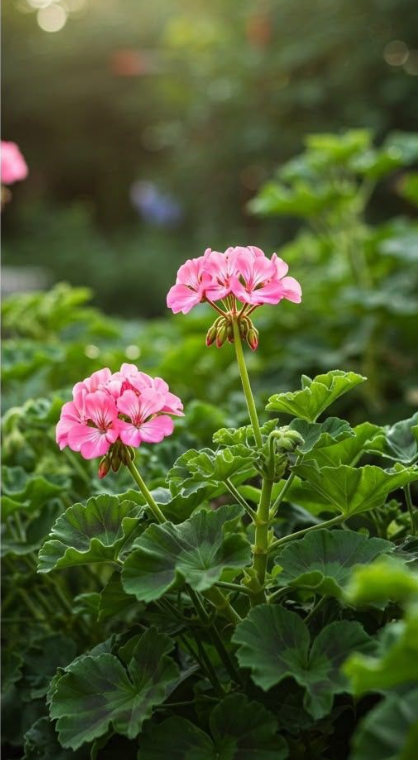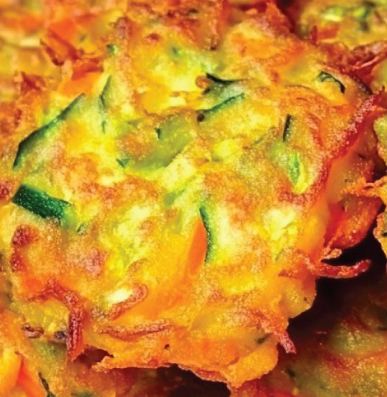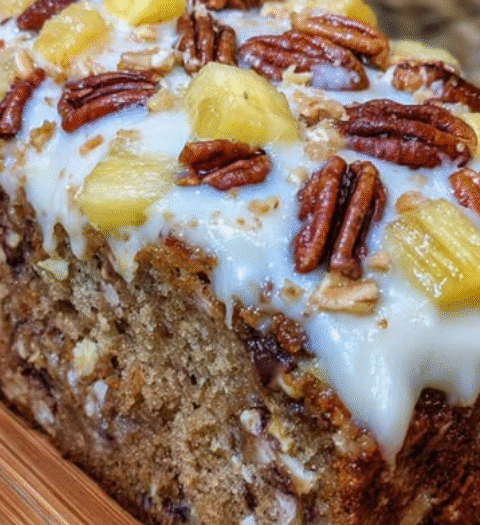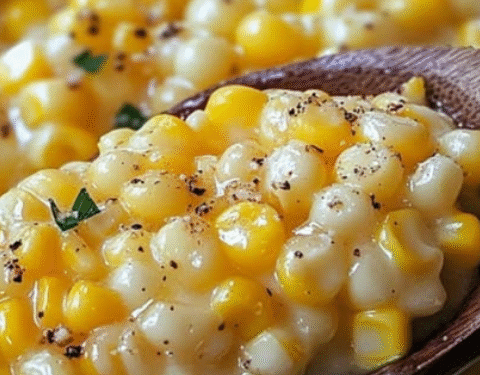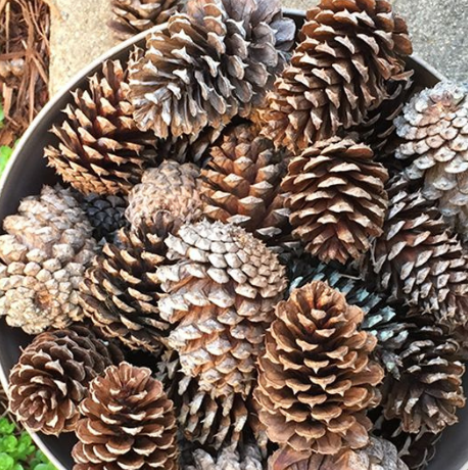14 Plants You Should Prune in March for Healthier Blooms 🌿
Pruning is a vital part of gardening that promotes healthier plants, better shape, and an abundance of beautiful blooms. If you’re aiming for a garden bursting with flowers, March is the perfect time to prune many perennials, shrubs, and flowering plants.
In this comprehensive guide, we explore 14 plants that benefit from early spring pruning—plus how and why to trim each for optimal results. Let’s get those pruners ready!
Why Prune in March? 🗓️
Pruning in March, just before the full flush of spring growth, offers several key benefits:
- Stimulates new growth by redirecting energy to strong stems and buds.
- Enhances flowering by removing dead or unproductive branches.
- Prevents disease by eliminating weak or damaged growth.
- Improves shape and airflow for a neater, healthier plant.
According to Prof. Mark Benson, horticulturalist: “Late winter to early spring is prime pruning time for many plants, especially those that bloom on new wood. It sets the stage for better flowers and foliage all season long.”
Top 14 Plants to Prune in March 🌸
1. Roses (Rosa spp.)
- Why: Encourages strong flowering stems and removes winter damage.
- How: Cut to outward-facing buds, remove crossing branches, and dead wood.
- Tools: Sharp shears, thick gloves.
2. Hydrangeas (Hydrangea paniculata, arborescens)
- Why: Blooms on new wood—pruning promotes large flowers.
- How: Cut last year’s stems back by one-third.
- Note: Don’t prune Hydrangea macrophylla—it blooms on old wood.
3. Lavender (Lavandula spp.)
- Why: Prevents woodiness and encourages fragrant growth.
- How: Trim back by one-third, but avoid old wood.
4. Clematis (Clematis spp.)
- Why: Early pruning supports varieties that bloom on new wood.
- How: Cut back C. viticella types to 12 inches above the ground.
5. Butterfly Bush (Buddleja spp.)
- Why: Reduces legginess and boosts flower count.
- How: Cut back hard to 1–2 feet above ground.
6. Fuchsia (Fuchsia spp.)
- Why: Encourages bushy growth and fresh flowers.
- How: Trim back by one-third, removing old stems.
7. Wisteria (Wisteria spp.)
- Why: Maintains structure and encourages blooms.
- How: Shorten lateral shoots to 2–3 buds; remove tangled growth.
8. Salvia (Salvia spp.)
- Why: Keeps plants bushy and extends flowering.
- How: Cut back by one-third; remove faded flower spikes.
9. Penstemon (Penstemon spp.)
- Why: Encourages new blooms and healthy foliage.
- How: Trim lightly, remove dead stems; don’t cut back too far.
10. Hebes (Hebe spp.)
- Why: Refreshes shape and stimulates flowering shoots.
- How: Lightly trim frost-damaged or leggy branches.
11. Spirea (Spiraea spp.)
- Why: Produces lush growth and more blooms.
- How: Cut back lightly; remove old stems and shape.
12. Catmint (Nepeta spp.)
- Why: Promotes dense, flowering growth.
- How: Cut back by one-third; remove spent flowers.
13. Potentilla (Potentilla fruticosa)
- Why: Flowers best with early spring pruning.
- How: Lightly trim; remove dead branches to shape.
14. Forsythia (Forsythia spp.)
- Why: Keeps shrubs compact and blooming well in future years.
- How: Wait until after blooming, then remove ⅓ of the oldest stems.
Quick Reference Table ✂️
| Plant | Why Prune? | How to Prune |
|---|---|---|
| Roses | Boost blooms, remove damage | Cut to outward buds, remove crossing stems |
| Hydrangeas (paniculata, arborescens) | Flowers on new wood | Trim back by 1/3 |
| Lavender | Prevents woody growth | Cut back 1/3, avoid old wood |
| Clematis (new wood) | Boost flower spikes | Cut to 12 inches |
| Butterfly Bush | Controls legginess | Cut back to 1–2 ft |
| Fuchsia | Promotes compact shape | Trim 1/3, remove old stems |
| Wisteria | Flower control, vine training | Shorten shoots to 2–3 buds |
10 FAQs About March Pruning 🧑🌾
- Can I prune everything in March? No—some plants bloom on old wood and should be pruned after flowering.
- What tools do I need? Bypass pruners, loppers, gloves, and sometimes a pruning saw.
- Is it okay to prune on a cold day? Yes, but avoid pruning during hard freezes.
- How do I know which stems to cut? Look for dead, diseased, or crossing branches first.
- Will pruning reduce flowering? Only if done too late or on the wrong type of plant.
- Should I fertilize after pruning? Yes, a light feed encourages healthy regrowth.
- What if I prune too hard? Most spring-pruned plants bounce back—but always avoid cutting into old wood where regrowth is slow.
- Can I compost pruned branches? Yes—unless they’re diseased. Infected material should be disposed of separately.
- How often should I sharpen pruners? Sharpen blades monthly during active pruning seasons.
- Is March too late for pruning? No—it’s the perfect time for many flowering plants and shrubs.
Conclusion
Pruning in March sets your garden up for success—whether it’s boosting flowers, reshaping shrubs, or encouraging stronger, healthier plants. With the right timing and techniques, your spring garden will reward you with color, fragrance, and vitality for months to come. 🌸
Grab your pruners and give your garden a fresh start—one thoughtful cut at a time.
